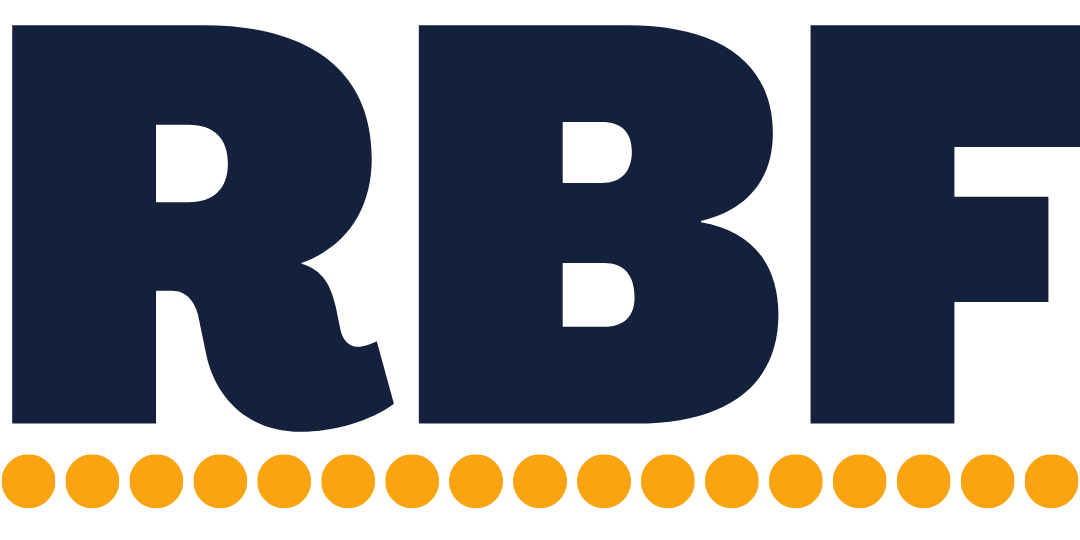Reader question: “How can I intelligently cut back my recurring software subscriptions?”
It seems like everything is a subscription nowadays. You used to buy software once, use it for 3+ years, then maybeee buy an upgrade if you really needed it. Now, you gotta pay a subscription fee every month just to keep the software running. And, all those little subscription fees seem so small individually but slowly add up to a death by a thousand cuts. You’re not just paying $15+/mo for one software, but you’re paying for $15+/mo for everyyy software, including: video conferencing, scheduling, project management, cloud storage, CRM, email, accounting, payroll, marketing, website, niche industry software, etc. That tech stack alone is easily $150/mo, to begin with, and can quickly spiral out of control based on which subscription tiers you choose and how many users you have. If you don’t work to keep all those subscriptions under control, they’ll quickly eat up your spare cash flow and profit margin.
Obviously, the best way to keep subscription bloat down is not buying them in the first place or setting strict purchasing requirements. But, even that isn’t really enough. Bloat and clutter will happen on their own (as anyone that’s had to clean out their basement/storage locker is well aware of). As time goes on, your software needs and what you’re keeping a close eye on will evolve. And, through that evolution, you’ll wind up with a lot of overlapping software, underused software, and software that’s unintentionally been on autopay for months (if not years 😬). Just like you need to periodically clean your house, you should formally review your software subscriptions at least once per year. That means sitting down with your entire software list, digging thru feature sets, weighing the pros & cons of each subscription, and doing some cost-cutting.
Compiling your list:
While you coulddd brainstorm all your software subscriptions and go from there, the best way to compile a list of subscriptions is by looking through your financials. Generate a Profit & Loss report (for the last 12 months or some similar time frame) in your accounting software, drill down into the ‘Software Expense’ line, and export it into a spreadsheet. You might also want to check your ‘Office Expenses’ and ‘Dues & Subscriptions’ for any software subscriptions that snuck in there (as they tend to do). If your books are incomplete, grab your last three months of bank and credit card statements, skim thru them for any software subscriptions, then highlight any you find and write them in a separate document.
Reassess each subscription:
You want to be intentional during a formal expense review. Instead of making gut decisions and jumping to conclusions about what should stay and what should go, review your list and have an educated conversation about each software as if you were buying it for the first time. Make each software earn its keep. Think about how frequently you (or someone on your team) uses it, which features you use, whether it’s really saving you time/money, if there’s any overlap with another software, etc. Ask yourself if the software is still a good fit for your business. (And, it’s okay if the answer is “no, this software isn’t a good fit anymore. I need to upgrade to a more robust software.”)
Consolidating and downgrading :
While reviewing your subscriptions, you’ll find a few softwares that you absolutely don’t use anymore and can easily cut (for example, I recently cut my Descript subscription because I haven’t made a video in months). But, the cost savings don’t end there. After cutting the useless software, look for software with overlapping feature sets (for example, if you’re using Gsuite for email, you also have a Google Meet subscription which overlaps with Zoom) or opportunities to downgrade (for example, you might be on too premium of an accounting software tier). Then, compare the feature sets (for overlapping software, you’re comparing the two software options against each other. For downgrade-able software, you’re comparing the various tiers) and look for any unique features you may be using. If you’re not using a unique feature, consolidate or downgrade.
Look into other options :
The software space is always evolving and there’s new solutions today that probably weren’t available when you originally researched your options. And, while switching your project management software or CRM may be a huge undertaking, some of your less-used software could be downgraded to newer and cheaper solutions.
Backup the data:
When you cancel a software subscription, they will eventually delete all your data from their servers. So, before you go, export as much data as possible. That won’t matter for certain software (like Calendly which stores minimal historic data) but will be super important for other software (like accounting or CRM software). Some databases (like your accounting data) are incredibly difficult to recreate years later and others (like your CRM data) are near impossible to recreate. It’s better to export them today and never look at the backup than to wish you had it a few years from now.
Action Item:
Compile your software subscription list. Then, go thru the list one by one and decide to keep, cut, consolidate, or downgrade.
(Note: Ask your accountant before leaving compliance-related software like payroll. Small lapses in payroll software can lead to missed tax returns or payments and surprise penalties a few months from now.)
💪 What we do at Resting Business Face 😤
🚀 Finance Partner: Forecast the next 12+ months, improve your cash flow, and work closely with yours truly.
🤓 Hands-off Consulting: Annual forecasting and quarterly calls when you need just a touch of guidance.
🏛️ Tax Essentials: Taxes, accounting, and payroll to keep your business on the IRS's good side.
